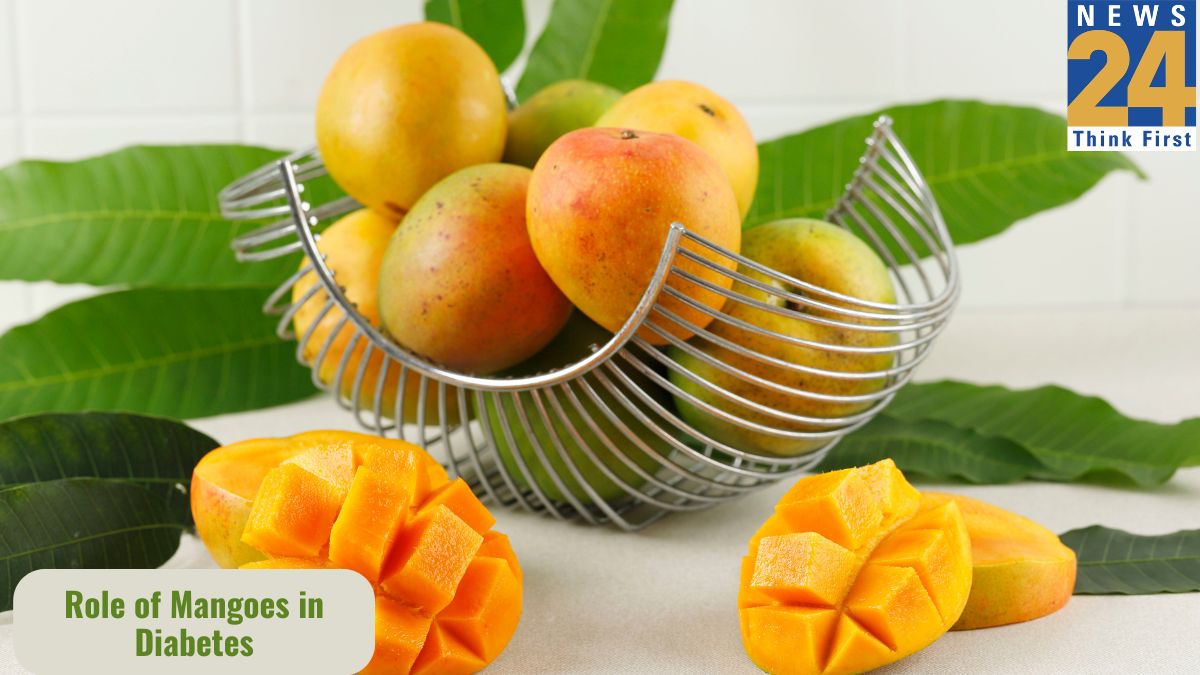Mango is one of the most widely loved fruits and enjoyed by everybody all over the world by both adults and children alike. No wonder the fruit has rightly been termed as the ‘king of fruits’ and a prized one at that. Although it was native to Asia, Africa and Central America initially, today it has transcended borders and is now cultivated all over the globe and has now become a global fruit.
Impact of Mangoes on the Health of Diabetics
Now you may have heard people from all walks of life advise a diabetic from consuming mangoes terming it as an ‘unhealthy fruit’ purely in terms of health. However, before labelling it such, it is imperative that you understand good from bad. It is labelled as bad because more than 90% of its calories comes from the sugar in the fruit. Yet, there is also a reason to smile because the fruit is a powerhouse of fibre and antioxidants which definitely play a role in minimising diabetes.
Its fibre content helps to curb the rate of sugar absorption from the fruit and antioxidants minimise the stress that comes with the rise in blood sugar levels. The body then finds it easier to manage the inflow of carbohydrates into the body and thereby stabilise the blood sugar level.
Also Read – https://news24online.com/lifestyle/blending-the-traditional-indian-diet-and-modern-nutrition/262812/
Glycemic Index (GI) of Mangoes
What is glycemic index? Yes, that’s a tool that aids in ranking your food as per the effects it has on your blood sugar levels. It’s measured on a scale of 0-100, where 0 means it has nil effects while 100 represents the amount of pure sugar that you have ingested. And if you are diabetic, you can consider a food safe if it has a GI below 55. However, mangoes have a GI of 51 which technically is safe if you are to go by the studies and findings. Again, there is a hitch here. You definitely have to be on the safe side and measure the portions of mango that you consume if you are diabetic and better still consider consulting your doctor on call.
Tips on Consuming Mangoes the Diabetes-Friendly Way
Here are certain tips that could help you consume mangoes without any guilt of having your blood sugar levels spiked up:
- Control the portion of mango that you consume which means you should consider consuming just 30 grams which is the permissible limit. Alternatively, you could adjust the portion sizes with the rise or fall in your blood sugar levels.
- Since mangoes have minimum protein content, you should consider taking it alongside some protein-rich food which will help to curb the spike in sugar levels from the mango. It could be eaten paired with a boiled egg or cheese or some nuts. Avoid foods that are high on carbs.
- Eat it as a whole fruit directly sliced with the skin on as it will be rich in fibre and digestion begins right inside the mouth.
- Never make the mistake of consuming it in juice form.
- Over-ripe mangoes should be avoided as they are loaded with dense sugars.
- The fruit should not be consumed after or with meals, rather they should be consumed in between or pot morning or evening walks.













